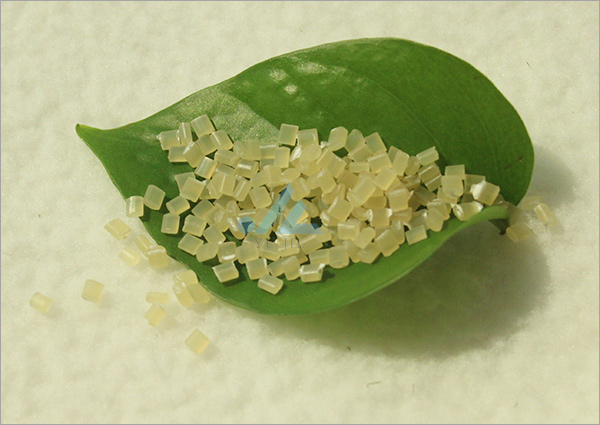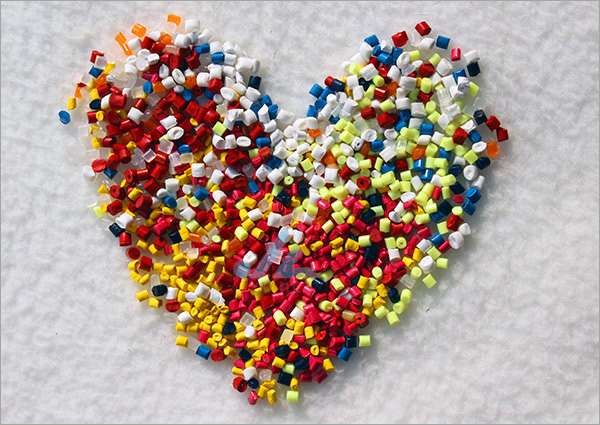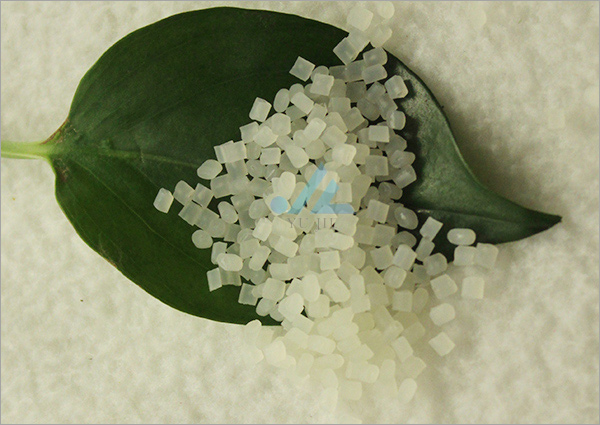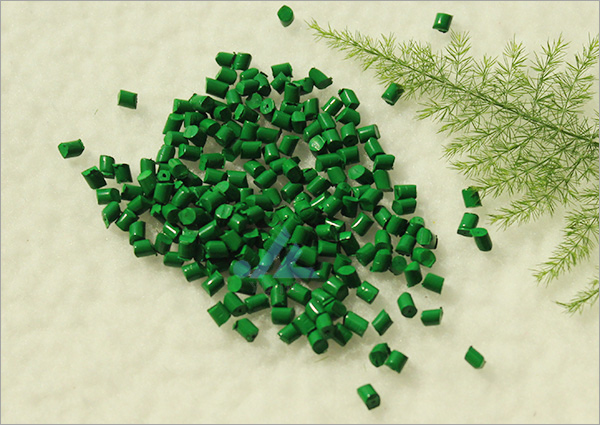- The textile industry forges new competitive advantages!
- Don't let your guard down in autumn sun protection! Ultraviolet rays are still strong. Please keep this protection guide from Yujie Chemical!
- Yujie non-woven fabric masterbatch speaks with product quality. Welcome to call for consultation and purchase!
- A brief overview of the operation of the industrial textiles Industry from January to August 2025!
- Hangzhou Yujie nonwoven Fabric color masterbatch, facilitating more nonwoven fabric products!
- The economic operation of China's textile industry was basically stable in the first half of 2025!

- Tel: 0086-13957173655
- Email: zpl620504@163.com
- Add: Canghexia No. 36, Tiyuchang Road, Xiacheng District, Hangzhou, Zhejiang, China
Polypropylene non-woven color masterbatch use and dosage ratio:
The product and the polyolefin resin to 1.5 ~ 3% ratio (specifically according to the requirements of the opening performance of the product) mixed evenly, and then can be normal processing.
Non-woven masterbatch main components are generally divided into colorants, carriers, dispersant three parts. It is the development of the last century set of plastic, fiber and other colored new products, is the pigment super constant uniform contained in the resin and the polymer obtained in the complex.
China has 330 production of masterbatch enterprises, including plastic grade masterbatch plant has reached 300, fiber grade masterbatch plant for the 30, these masterbatch production plants are mainly distributed in Fujian, Guangdong, Shandong, Zhejiang , Jiangsu, Shanghai, Liaoning, Tianjin, Beijing, Hebei and other provinces and cities. In recent years, the production capacity of serious excess, resulting in the domestic masterbatch industry generally started, in addition to new production equipment growth too fast, lack of product orders and other factors; one of the important factors is the domestic masterbatch product structure is single, incomplete, Products accounted for a large proportion, and high concentrations and high concentrations, multi-functional masterbatch and fine denier fiber masterbatch share less. In contrast to the higher level of masterbatch technology, pigments, dispersants and other raw materials range, has formed a series and specialized product structure.
In the variety of development, China's masterbatch manufacturers have developed a non-woven masterbatch, black masterbatch, chemical masterbatch, film masterbatch, wire and cable masterbatch, polyolefin masterbatch , PVC masterbatch, injection products with masterbatch. Non-woven masterbatch production process is generally divided into: rinse method, ink method, kneading method, metal soap method of the four, the following non-woven masterbatch four production process to do the following specific description:
1, flushing method: the pigment, water and dispersant through the sanding, so that the pigment particles less than 1μm, and through the phase transfer method, the pigment into the oil phase, and then dry to produce masterbatch. The use of an organic solvent, as well as the corresponding solvent recovery unit, is required for phase conversion. The process: fine paste rinse evaporate concentrated material dry into the carrier extrusion granulation
2, ink method: As the name suggests, is used in the production of masterbatch ink color paste production methods, that is, through the three-roll grinding, the surface of the paint coated with a layer of low molecular protection layer. The finely ground paste is then mixed with the carrier resin and then plasticized by means of a two-roll mill (also known as a two-roll mill) and finally granulated by a single screw or twin screw extruder. The process is as follows: Ingredients stir the thick paste three roller grinding fine paste two roll plastic extrusion extrusion granulation
3, the metal soap method: the pigment after grinding the particle size of about 1μm, and at a certain temperature by adding soap, so that each pigment particles surface layer is evenly wet by the soap to form a layer of saponification solution, when the metal salt The solution is added to react with the saponified layer on the surface of the pigment to form a protective layer of metallic soap (magnesium stearate), so that the finely divided pigment particles do not cause flocculation and protect the fineness
4, kneading method: the pigment and oily carrier is blended, the use of pigment lipophilic this feature, through the kneading of the pigment from the water into the oil phase. At the same time by the oily carrier will paint the surface of the paint, so that the pigment dispersion and stability, to prevent pigmentation
Polypropylene non-woven color masterbatch features:
1, polypropylene non-woven masterbatch has a good quality and stability, especially good dispersion, quality to be guaranteed;
2, can be used directly with the mixed resin, do not pollute the container, easy to change color. The product is made of high quality organic pigments and inorganic pigments and additives, which is characterized by good filter performance, bright colors, good weather resistance, no migration, especially for polypropylene spunbond nonwovens, polypropylene filament, polypropylene Short wire, polypropylene BCF wire used. Proportion and method of colorless masterbatch for polypropylene nonwoven fabric
Non-woven masterbatch with the raw material resin according to a certain proportion (specific according to non-woven specifications and user requirements may be), by simple mixing evenly (without adding any additives) directly used to achieve the required Color effect. Polypropylene non-woven masterbatch technical indicators, serial number, project, technical indicators 1 Appearance cylindrical particles uniform, consistent color
2 excellent spinnability 3 heat resistance ≥ 230 ℃ 4 resistance to migration ≥ 4 5 light fastness ≥ 6 level
6 Moisture content (%) ≤0.2
7 Total color difference (CIELAB) ΔE <1.5
- Don't let your guard down in autumn sun protection! Ultraviolet rays are still strong. Ple
- The textile industry forges new competitive advantages!
- Yujie non-woven fabric masterbatch speaks with product quality. Welcome to call for consul
- A brief overview of the operation of the industrial textiles Industry from January to Augu
- Hangzhou Yujie nonwoven Fabric color masterbatch, facilitating more nonwoven fabric produc
- The economic operation of China's textile industry was basically stable in the first half
- In the September renewal season, Hangzhou Yujie Chemical's non-woven fabric color masterba
- On the eve of the "Golden September and Silver October", the textile industry was in a sta
- Your teachings are like the gentle spring breeze, and your kindness is as deep as the sea.
- Remembering history, we strive to be stronger! Yujie warmly congratulates the 80th anniver



